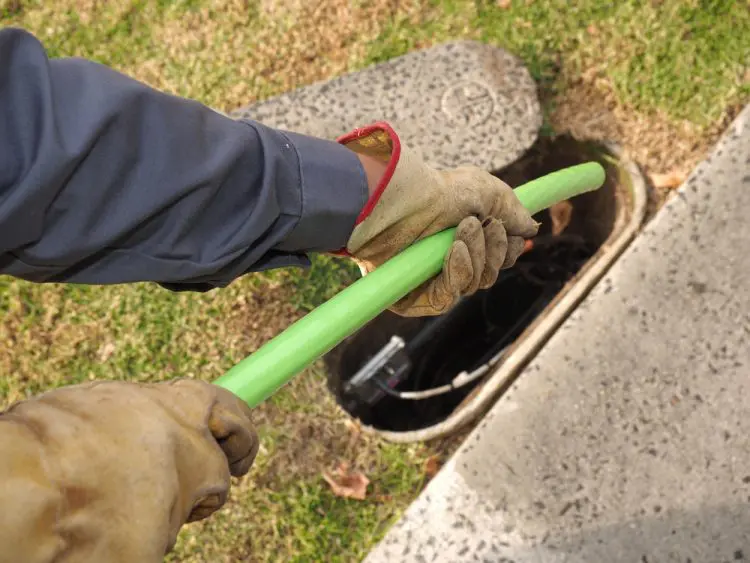FTTP, or Fibre to the Premises utilizes fibre optic cable lines running from the ISP, or Internet Service Provider straight to businesses.
It’s different from FTTC, or Fibre to the Cabinet because it doesn’t use conventional copper wires from street cabinets. FTTP trumps out other internet solutions because it’s faster, more reliable and more secure.
Let’s take a look at the advantages and disadvantages of FTTP below.
FTTP Advantages
Superior Bandwidth. FTTP boasts the highest internet transfer speed among all internet service options. It’s way ahead of most DSL internet packages and coaxial cable connections. FTTC connections may reach up to 70 Mbps while pure fibre solutions can reach up to 1 Gbps. The symmetrical nature of fibre allows subscribers to download and upload data and files at the same speed. Streaming media is rendered without any stutters or loss of quality, cloud applications run smoothly, and VoIP calls are crystal clear even on long distances.
Resistance to Electromagnetic Interferences: In cable installation, sometimes it’s unavoidable to meet interference running from industrial sources, i.e., heating, power substations, ventilating, etc. Fibre optic is a material that’s highly resistant to electromagnetic interference. Moreover, it’s a much more reliable source of web connection when it comes to signal transmissions because it uses light technology, not current.
Secure Transmission: Fibre is one of the best at providing a secure transmission platform. There’s currently no way to interrupt the flow of data as compared to internet services that make use of electromagnetic energy escaping from cable lines and other electron-based transmissions.
Exceptional Durability: Fibre optic is tougher, more durable and not as susceptible to damage, and therefore needs less downtime as there won’t be many repairs and maintenance needed. This brings more uptime for the subscribers. Fibre optic material can last up to 40 years while copper-based lines need updating once every 5 years in order to remain operational.
Future Proofing: The architectural structure behind FTTP is made to be scalable and customizable. This means that it can be improved and expanded easily and within short notice. This allows businesses to change their speed on demand.
FTTP Disadvantages
The most notable disadvantage of having FTTP is the cost of service. Businesses can opt for DSL connections of FTTC service lines but at the expense of reliability and speed. Having an internet connection that constantly goes offline during your operation hours is a problem that you shouldn’t have to deal with. The downtime also affects communication between employees and customers alike.
FTTP is difficult to install and requires a longer implementation period. Since fibre optic lines are buried ISPs will need to dig up public roads and sidewalks to bring you fibre connection. Installing the line straight to your business will take some time to complete, which can prove to be a hassle if you need internet connection right away. The upside is that you’ll get all the advantages- reliability, security, scalability and speed once everything is set up and ready to go.
Since FTTP is scalable you can choose your internet speed now and still have the option to upgrade to a higher speed later. You’ll just have to plan ahead. Amvia has fibre experts always available to give you free advice on how an FTTP connection can best meet your business needs. You can utilise the site’s FTTP Availability Checker to see if fibre is being offered in your area.


